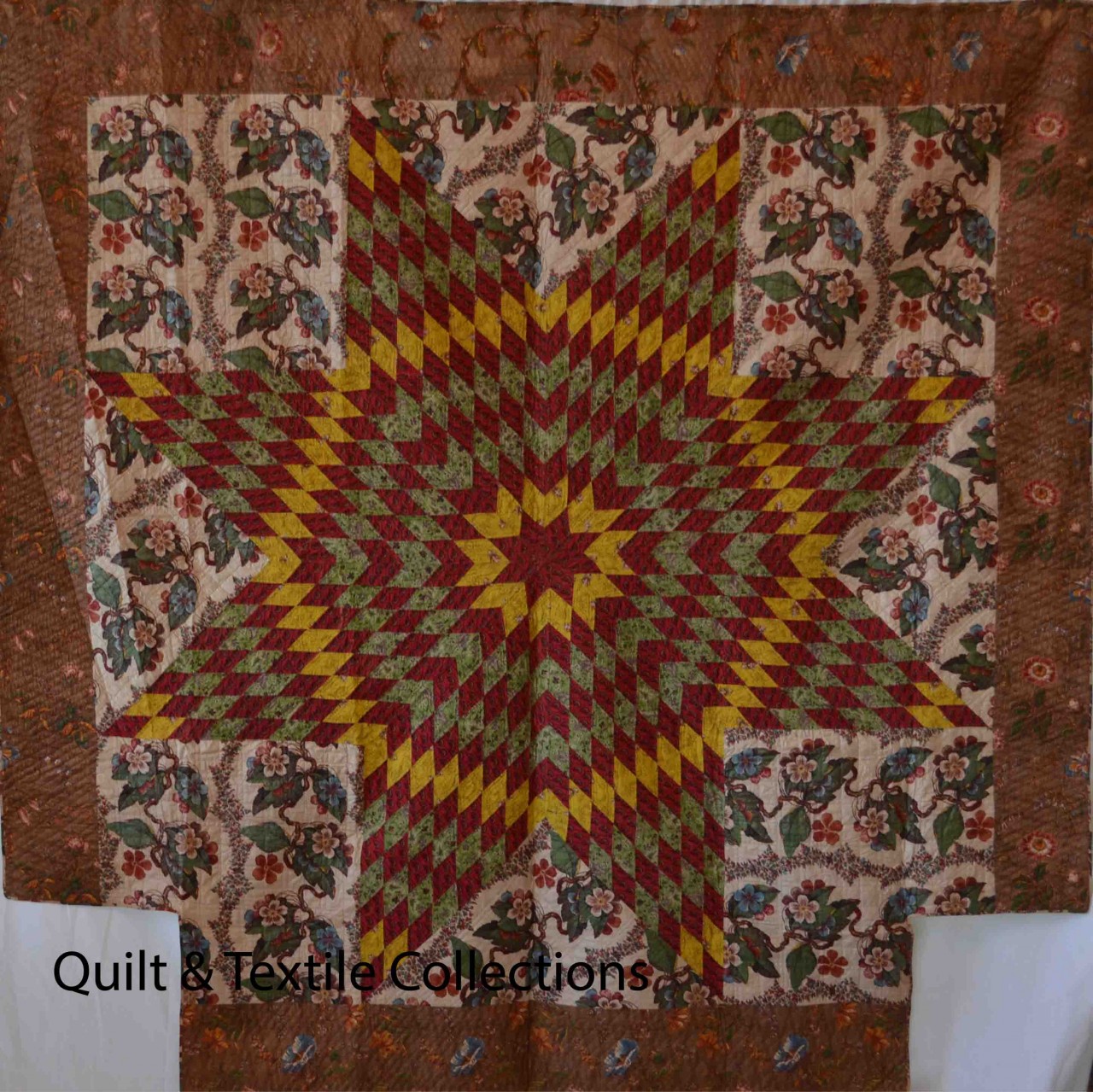
No this is not a blog about the Hitchcock movie, “The Birds,” although that does provide another example of the use of birds in art. I jokingly say if the quilt has a bird on it, it is coming home with us. Whether the birds are pieced, applique or in the fabric design we are both drawn to birds. As I’m working on a quilt filled with birds, I was interested to think of Di Ford Hall’s design source. I started thinking about how many quilts I’ve made that have birds, either hand painted, part of the fabric or appliqued. (I haven’t pieced a bird in a quilt yet, although I have designed several paper pieced birds. That quilt is still in the design stage.) Even the earliest civilizations used birds in their art whether carved...





